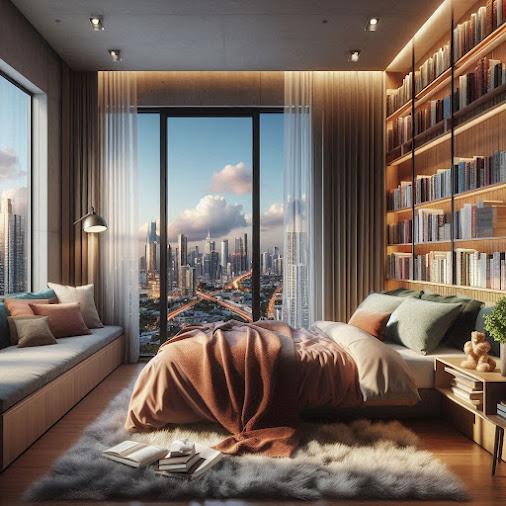Search This Blog
Hello! I am Henry Jeon, a marketing expert who is making innovation happen in Korea.
I specialize in creating innovative marketing campaigns that resonate with audiences and drive tangible results.
Posts
Feng Shui Journey: Yunggeonneung, Hwaseong-si, Gyeonggi-do
- Get link
- X
- Other Apps
The effects of radiation on food and life
- Get link
- X
- Other Apps
Yeosu Hyangil-am (Temple) where the mind and body become calm
- Get link
- X
- Other Apps
What is the relationship between the constitution and the five elements?
- Get link
- X
- Other Apps
Water diet method, risk, and principle
- Get link
- X
- Other Apps
Traditional Village of Oeam Village, Asan, Chungnam
- Get link
- X
- Other Apps








